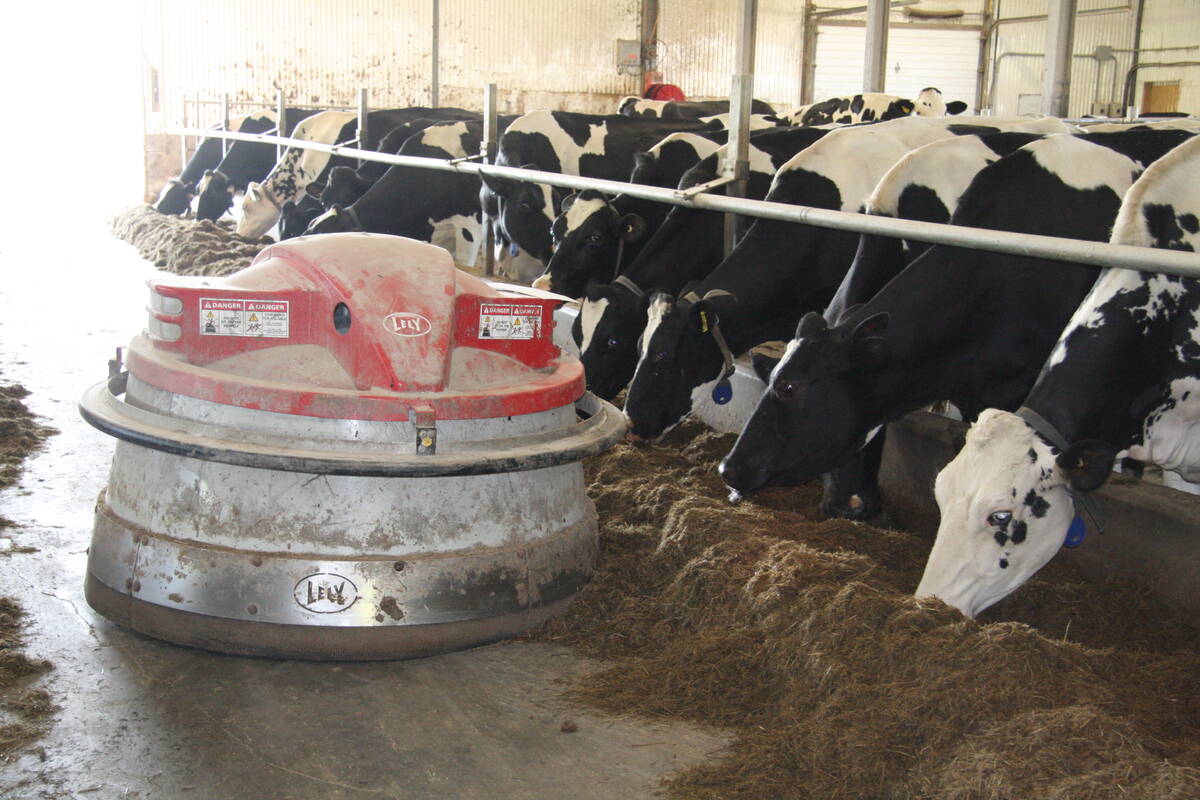Canadian and American officials are working together to establish a practice that could give producers in both countries access to new veterinary drugs simultaneously.
The initiative is one of the goals of the Regulatory Co-operation Council, which has subgroups examining ways the two countries can align their regulatory processes across the agriculture and food, health and consumer products, transport and environment industries.
Those attending the recent Cross Border Livestock Health Conference, which was held in Saskatoon in conjunction with the Pacific NorthWest Economic Region summit, were given an update on the council’s work to harmonize veterinary drug submissions for approval.
Read Also

Partnerships, communication key to disease management
Communication and strong, trusted partnerships are key to managing infectious diseases like Foot and Mouth Disease and HPAI.
The group’s goal is to identify ways that the U.S. Food and Drug Administration and Health Canada can align their practices to encourage pharmaceutical companies to submit data for approval in both countries at the same time, allowing the regulatory agencies to review the information and come to simultaneous, but independent, decisions.
“It’ll, I guess, level the playing field,” said Ryan Bierbach, a director with the Saskatchewan Cattlemen’s Association.
“We compete with U.S. producers. We sell a very similar product into similar markets, so this will allow us to use the same products to produce them and make sure no one is disadvantaged as far as having products available on one side of the border that aren’t available on the other side.”
However, officials from both agencies emphasized that the end goal isn’t a joint review. Instead, the sovereignty and privacy rights of each country will be maintained. If a drug is approved in one country, it’s approval in the other won’t be automatic.
Under a work plan finalized earlier this year, the council identified submissions for companion animal drugs and food-producing animal drugs that the agencies will review simultaneously.
Pharmaceutical companies seeking approval for a product are re-quired to submit packages addressing chemistry, safety and clinical efficacy for review.
Canadian regulators require one large submission, while the data is broken into multiple submissions in the United States, said Health Canada’s Mary-Jane Ireland.
The Canadian process has been altered for this exercise, she added.
As both agencies conduct their reviews, officials will identify differences and challenges that prevent the two groups from working within the same timeframe.
“We are a learn-by-doing organization and we are gathering real-time benefits and challenges from these simultaneous reviews,” she told the conference.
The council will complete the pilot project and another initiative to identify ways to further align maximum residue limits and tolerances within 18 months, at which time they will be reviewed.
While the initiative could improve the availability of products, Bierbach said it doesn’t address price differences between the two countries.
“(The) open market will dictate how much drug companies can charge on one side of the border or the other if the producer can just drive across the border and buy it,” he said.
“But as long as it’s two separate markets and marketed individually, they can price one side four times higher than the other side and producers have to either pay it or not use the product.”














